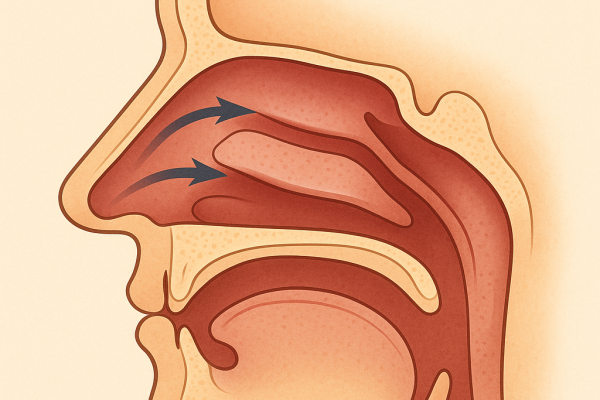Psychological Relief After Rhinoplasty: The Connection Between Aesthetics and Happiness
Psychological Relief After Rhinoplasty: The Connection Between Aesthetics and Happiness
Rhinoplasty, commonly known as a nose reshaping surgery, is often perceived as a purely aesthetic procedure. However, for many individuals, rhinoplasty represents a deeply personal journey of self-perception, emotional healing, and psychological evolution. The nose is at the center of the face, influencing how one is viewed and how one views oneself. Therefore, even small structural or visual changes can produce significant emotional effects.
This connection between appearance and emotional well-being is strong, and modern research increasingly supports the idea that physical harmony can positively influence psychological balance.
The Role of the Nose in Self-Identity
Facial symmetry and harmony play a major role in how individuals form their self-image. The nose, being the most central and noticeable facial feature, can significantly affect:
-
First impressions
-
Confidence in social interactions
-
Comfort in being photographed
-
Self-esteem and body image
Individuals who feel that their nose is disproportionate or inconsistent with their facial structure may experience:
-
Social withdrawal
-
Camera and mirror avoidance
-
Persistent self-critical thinking
-
Emotional discomfort in group settings
Rhinoplasty, when performed for the right reasons and with realistic expectations, can offer a pathway toward emotional relief.
Aesthetic Improvement and Emotional Transformation
The effects of rhinoplasty often extend beyond physical appearance. Many patients report a sense of inner alignment after the surgery. This is because the outer change supports a deeper internal desire — the desire to feel authentically themselves.
Common Emotional Benefits After Rhinoplasty:
| Emotional Change | Description |
|---|---|
| Increased Confidence | Patients often feel more comfortable in social settings. |
| Reduced Self-Consciousness | Negative focus on the nose diminishes. |
| Improved Body Image | Harmony in facial proportions reinforces positive self-perception. |
| Enhanced Self-Expression | Individuals feel freer to interact, speak, smile, and display emotion. |
These changes don’t happen overnight, but when they do, they can feel transformative.
The Psychological Adjustment Process
After rhinoplasty, patients move through both physical healing and emotional adaptation:
| Time Period | Emotional Experience | Physical Context |
|---|---|---|
| 1–2 Weeks | Curiosity, impatience | Swelling and early recovery |
| 1–3 Months | Growing acceptance, relief | Shape becomes more defined |
| 6–12 Months | Full emotional integration | Nose settles into final form |
During this period, many individuals shift from self-criticism to self-appreciation, which directly supports emotional resilience.
When Rhinoplasty Leads to Greater Life Satisfaction
Several factors influence whether rhinoplasty contributes to psychological relief:
1. Realistic Expectations
Patients who understand what rhinoplasty can and cannot achieve have a smoother emotional journey.
2. Personal Motivations
Surgery done for oneself, not to meet external pressure, results in more lasting satisfaction.
3. Professional Surgical Planning
A surgeon with strong aesthetic understanding can create results that look natural, balanced, and individualized.
When these three factors align, rhinoplasty can feel less like a cosmetic procedure and more like a restoration of personal harmony.
The Deeper Meaning: Feeling at Home in Your Own Face
Rhinoplasty is not about changing identity — it is about removing the barriers that prevent individuals from expressing their true identity.
Many patients describe the postoperative feeling as:
-
“I finally see myself when I look in the mirror.”
-
“I don’t think about my nose anymore — I just live.”
-
“I feel lighter, calmer, more confident.”
This is not simply happiness; it is a form of psychological release.
Conclusion
Rhinoplasty can offer far more than physical enhancement. When thoughtfully planned and artistically executed, it provides:
-
Emotional alignment
-
Increased confidence
-
Relief from social anxiety
-
A renewed relationship with self-image
The connection between aesthetics and happiness is real — not because beauty defines worth, but because feeling harmonious in one’s own appearance supports emotional well-being.
In this sense, rhinoplasty becomes not just a surgical change, but a personal transformation.




